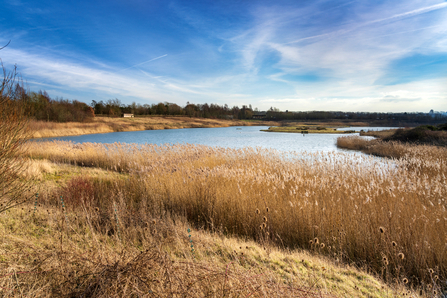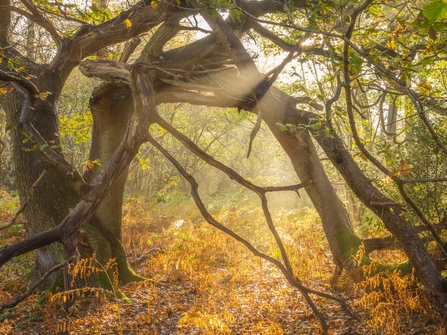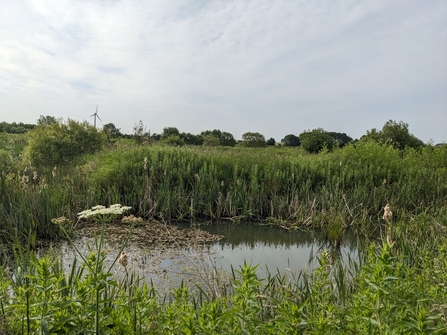The beautiful valleys and rolling pale chalk hills of the Yorkshire Wolds have for many years been considered worthy of protection as a National Landscape. A recent consultation could see Government award the new designation, recognising the Wolds on par with Nidderdale, the Howardian Hills and the Cotswolds, and help to protect and restore homes for stunning wildlife species.
The Yorkshire Wolds are a gem of countryside not to be missed, but often overlooked on the dash to the coast. Here you’ll find distinctive chalk landscapes, which have been shaped by erosion over thousands of years, and several picturesque villages, including Pocklington, Thixendale, Market Weighton, and Warter.
The Yorkshire Wolds are the most northerly chalk hills in the UK, and are home to the northernmost chalk stream in Europe, the Gypsey Race – of which there are less than 200 remaining worldwide. Yorkshire is also unique in having four major and individual limestone areas, and almost half of the plants of Conservation Concern set out by the recent State of Yorkshire’s Nature report were associated with limestone or chalk.
All this to say – the Wolds is a very special place! Abundant in wildlife, they represent one of the most important and wildlife-rich areas of our county – so read on to discover what you might be lucky enough to spot on an early spring morning…
North Cave Wetlands, near Brough
From quarries and lorries to avocets and bitterns, the ongoing transformation of this working sand and gravel quarry into a shining example of a 21st-century wetland is truly extraordinary. North Cave Wetlands is positively dripping with wildlife, whatever the time of year. In winter, it’s a paradise for wildfowl, welcoming large flocks of ducks and geese, and spring heralds the full cacophony of the black-headed gull colony, accompanied by avocets, calling reed buntings, sedge warblers and Cetti’s warblers. All this can be enjoyed from the reserve’s six perfectly positioned hides and new accessible viewing screen.
There is a dedicated car park at North Cave Wetlands, visited on some days of the week by the wonderful Butty Bus providing warm walking fuel and drinks. Several of the paths around the reserve are suitable for wheelchair users and pushchairs, as are three of the four hides. Please be aware dogs are not permitted on this reserve due the rare birds and fragile habitat.






